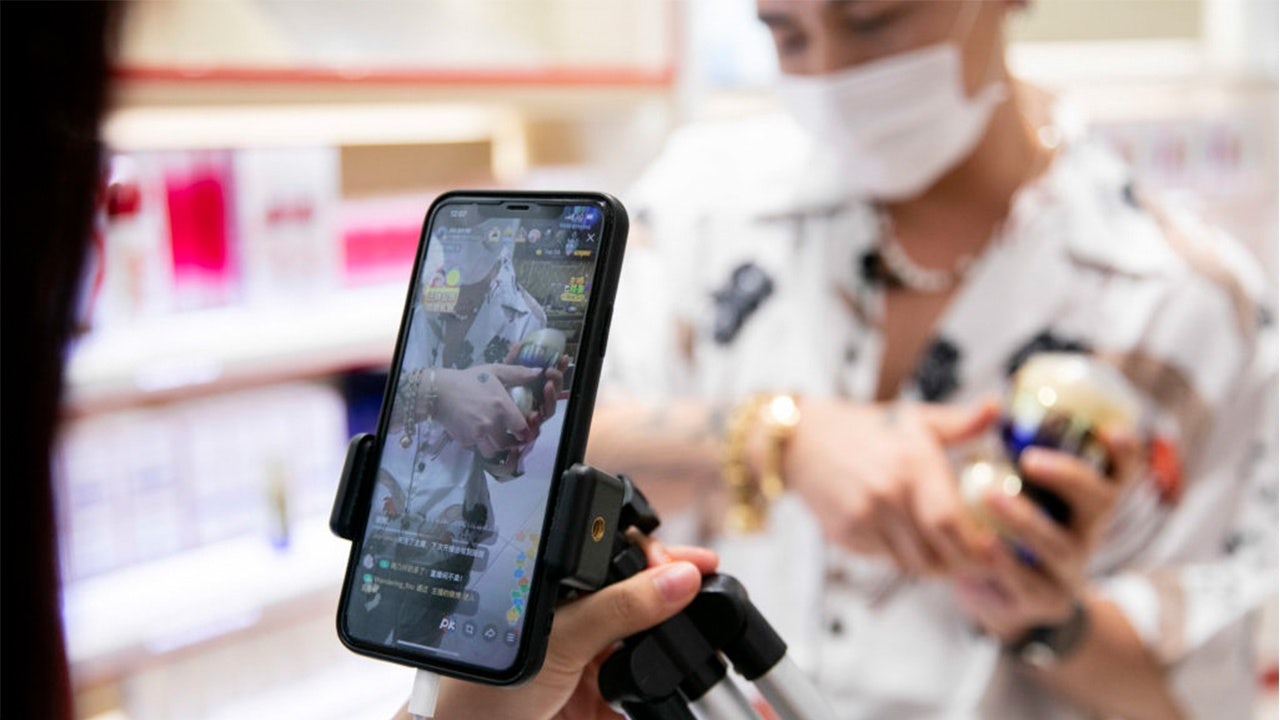E-commerce livestreaming has been on a global march over the past year, with a steadily growing number of brands and influencers using the format to promote and sell products on Instagram, Facebook, Amazon, and TikTok. But in China, arguably the world’s most sophisticated e-commerce livestreaming market, the global impact is being felt in a different way, with overseas Chinese students, expats and immigrants using livestreaming to sell everything from cosmetics and food products to luxury goods to compatriots back home.
A quick glance at the data makes it clear that “live selling” is a hot sector. As of December 2020, China’s livestreaming audience had reached 617 million, a rise of 57 million since March of last year. Of those viewers, 388 million made purchases via livestreams, up from around 300 million last summer. These figures are likely to continue their upward trajectory this year as more platforms expand their e-commerce livestreaming capabilities and consumers stick to the “new normals” of shopping domestically for luxury brands and living more of their lives digitally.
Livestreaming has already become a regular part of the arsenal of Chinese-speaking staff at luxury boutiques around the world, useful for showing new items to VIP customers or even small groups of potential buyers. Yet it also brings new challenges for international retailers, raising questions about how best to capture the opportunity without alienating local customers or risking brand image.
On a recent weekend visit to Las Rozas Village, a luxury outlet operated by the U.K.-based Bicester Village Shopping Collection on the outskirts of Madrid, the international reach of China’s livestreaming boom was on full display, highlighting its potential to boost sales but also stretch sales staff to their limits. At a number of stores frequented by Chinese shoppers, anywhere from two to six livestreams may occur simultaneously, with tables covered with handbags and accessories and salespersons asked to bring multiple items (while struggling to attend to other customers).
At the Prada boutique, one Mandarin-speaking livestreamer filmed a friend modeling dozens of bags and accessories in rapid succession, while another streamer at the Loewe store shot a row of handbags and filled her audience in on the brand’s history. At some of the more popular shops, customers who were unaware of the livestreaming activity might turn around at the door, thinking another event was taking place.
At another European brand luxury boutique, a salesperson noted that Chinese livestreamers have helped to boost revenues during a difficult economic time. Spain’s economy shrank 11% last year, and the country’s tourism sector was devastated by the Covid-19 pandemic. However, the salesperson also noted that the livestreamers can pose a challenge due to their demands for attention from staff and the heaps of products they pile up on tables, which can interfere with the other shoppers’ ability to browse.
On balance, retailers at Las Rozas Village seem to have accepted livestreamers as part of the new landscape, although they would also be likely to welcome regulations to maintain a smooth shopping experience for all customers, as well as to avoid violations of General Data Protection Regulation (GDPR) laws, which forbid posting or streaming images of others without their consent.
These key points are especially important for image-conscious, brand-owned luxury stores. Having invested significant time and money to create retail environments commensurate with the price tags of their products, brand flagships and boutiques are keen to ensure that the sales opportunity represented by Chinese consumers engaging in e-commerce livestreaming does not interfere with the spending habits of other customers. To that end, some stores are considering designating certain areas for livestreamers to conduct their sessions, out of the way of the rest of the shoppers, or setting aside specific time windows or days during which the practice is allowed, and never with other customers in the frame.
Managers and staff for each brand will have different perspectives on how to regulate e-commerce livestreaming activities in retail outlets, whether to confine it to discreet sections, allow it with specific regulations, or encourage it. But it will be interesting to see which brands take which approaches, and, since Chinese-style livestreaming is the world’s most advanced, we may see influencers and others from other areas trying out similar approaches.

